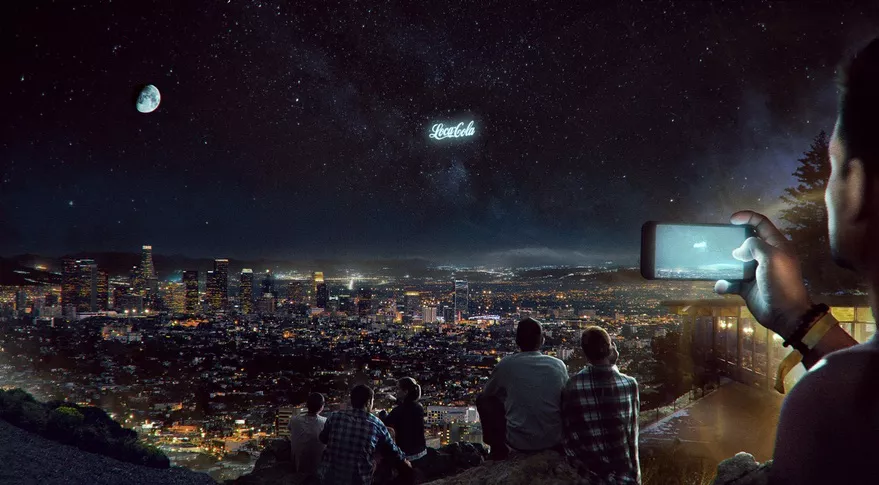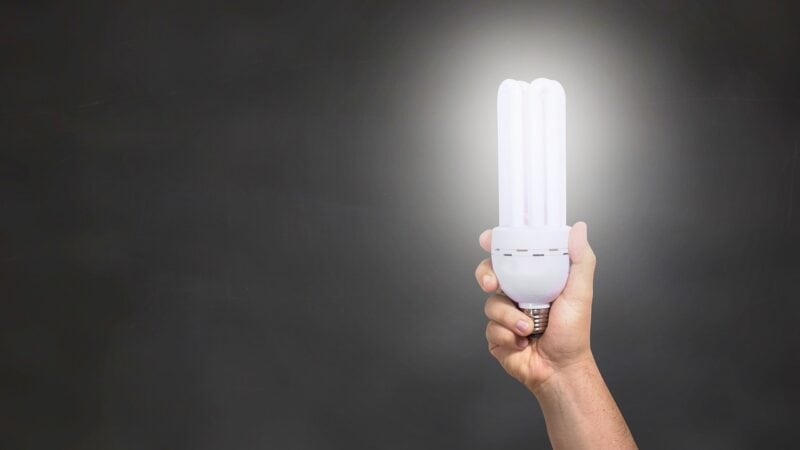Space advertising now viable at $65 million

A new study shows that it is now viable to advertise in space. Using nano-satellites it’s possible to create a formation in space that would be visible from Earth, such as a logo.
The study, by Shamil Biktimirov from Moscow’s Skolkovo Institute of Science and Technology proposes using 50 cubesat satellites to create a shape that, at its peak, will be 2-3 times bigger than the moon
Imagine the McDonalds logo in the evening sky 2-3 times bigger than the moon
The logo would be visible for 10 minutes around dusk time and the satellites would target a different city each day. Eventually the satellites would fall out of orbit and hopefully burn up in the earth’s atmosphere.
The study found that curved reflectors would reach a larger audience than flat ones and would be cheaper and easier than lasers.
AI swarm satellites
The cubesats, or nano-satellites, weigh about 6-8kg and are about 35cm wide. NASA plans a mission with a swarm of cubesats later this year. The advantage for NASA with these smaller satellites is that they can work as a larger structure by moving in a swarm and can be equipped with artificial intelligence-based ionospheric density monitoring.
“Instead of having one monolithic spacecraft that you are dependent on operating properly, you can have multiple smaller spacecraft that are less expensive,”
Howard Cannon, Starling project manager at NASA’s Ames Research Center, SpaceNews.
NASA Plans 4 CubeSat Swarm Tech Experiments – Executive Gov
However, some experts argue that it could be dangerous and irresponsible to have so many satellites in orbit.
They argue that the satellites could interfere with other satellites, but the study says that this will not be the case because they are in low orbit near the terminator plane.
“Left derelict in orbits with long lifetimes, every single object becomes a potential ‘bullet’ that threatens every other object in similar orbits. Any one might set off a catastrophic cascade of debris generation.”
John Barentine, Dark Sky Consulting, Tucson, Arizona
The study says that if the satellites can run for long enough and reach enough cities, with a big enough footprint area and formation lifetime then it would be a viable marketing strategy.
Some argue that it would interfere with space observation because of light pollution but Biktimirov says that it allows performing demonstrations only at about the time of sunrise or sunset due the orbit geometry and that the demonstrations will only target megapolises like New York that are already saturated with light pollution.
“An unrealistic idea as it may first seem, space advertising turns out to have a potential for commercial viability. “
Satellite Formation Flying for Space Advertising: From Technically Feasible to Economically Viable
by Shamil Biktimirov 1,*
A brief history of space advertising
Last Action Hero in Space
One of the first space-based adverts was a $500,000 advert for the 1993 Schwarzenegger blockbuster Last Action Hero, which was planned to cover the fuselage of a NASA rocket set for launch that June, with Arnie himself poised to press the launch button. However the release date was delayed and the project was dropped.

Atlanta Olympics Space Billboard
In 1996, Atlanta marketing company Space Marketing Inc. planned to send a reflective sheet a mile long and a third of a mile wide into space, in time for the Atlanta Olympics. Once it was in orbit, mylar tubes would inflate with gas and spring open to support the ‘Space Billboard’ which would be as big as a full moon and could be hired out to different companies.
Eiffel Tower Anniversary – Blazing ring of light proposal
Space advertising is nothing new. In 1989 the French wanted to celebrate the Eiffel Tower’s 100th anniversary with “a blazing ring of light in the sky that will circle the world every 90 minutes or so” and be as big as the moon. It never went ahead but instead they made do with a $10 million party with 100 leather-jacketed motorcyclists and their bikes roaring onto the stage with singer Johnny Halliday and President Reagan unveiling an 80 foot cake out of which appeared singers and dancers and 1000 chefs etc.
SCIENCE WATCH; Celestial Celebration – NY Times Dec 23 1986
Giant Pepsi Can in Space
In 1996 Pepsi paid several million dollars to launch a giant inflatable Pepsi can into space. It was sent to the Russian Mir Space Station where it was inflated and then attached to the outside of the space station. In the end the footage and photos were never used and it is very difficult to find information about the stunt apart from a few unreliable photos, but it is mentioned in this BBC News archive.


Pizza Hut; the furthest, fastest delivery in history
Pizza Hut paid millions to have their logo put on a service shuttle rocket to the ISS in 2000 and send a 6 inch pizza to cosmonauts in the space station. They had to replace the pepperoni with salami because pepperoni failed the 60 day test and started to rot.
2019 PepsiCo Space Billboard
The Russian arm of PepsiCo planned to use a set of small satellites in formation, reflecting sunlight with Mylar sails to advertise a new energy drink or other advertising messages visible from the ground after sunset and before sunrise. However, after a high stratosphere test this appears to have been shut down by PepsiCo for fear of public backlash.
“We can confirm StartRocket performed an exploratory test for stratosphere advertisements using the Adrenaline GameChangers logo. This was a one-time event; we have no further plans to test or commercially use this technology at this time.” SpaceNews April 15
Space has to be beautiful. With the best brands our sky will amaze us every night
StartRocket Orbital Advertising Campaign
Sources:
Sci/Tech – A rocket with extra pepperoni, BBC News October 1, 1999
Nothing Subtle on Eiffel Tower 100th Birthday, BY RONE TEMPEST, JUNE 17, 1989 12 AM PT – LA Times
Greatest Space Ads – Part II – Pizza Hut on the ISS
NASA – What are SmallSats and CubeSats?
Space adverts are now economically viable but potentially dangerous – New Scientist






